DEWETRON has developed test boards for different signal types based on PXIE bus. For example, voltage, current, strain, vibration, temperature, resistance, video, noise, charge, etc. The equipment can meet different test tasks with various types of mainframe and modular design mode.
The advantages of DVC to meet the requirements of PXIE bus:
Multiple types of main chassis, adapt to different scenarios and multiple test version cards, and target different signals
Modular design, replaceable and adjustable
Multi function board, meeting all test signals
R&D test requirements: support different types of sensors, and deal with multiple test tasks based on PXI/E bus technology
(1) PXI data acquisition main chassis suitable for different scenarios
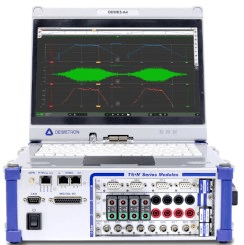
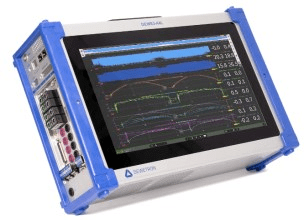
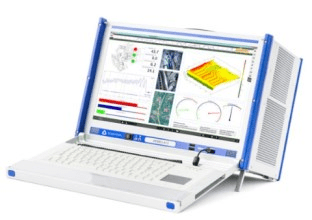
DEWE3 series integrated equipment (applicable to field test)
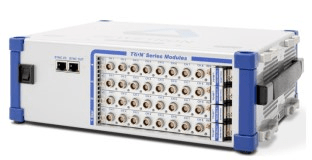
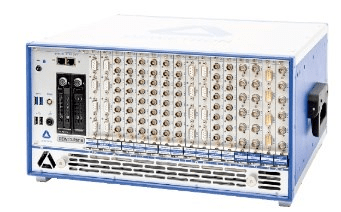
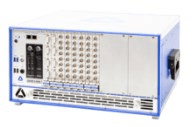
DEWE3 main box equipment (applicable to laboratory and bench test)
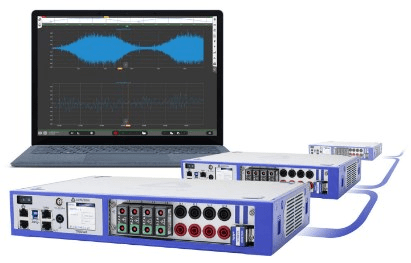

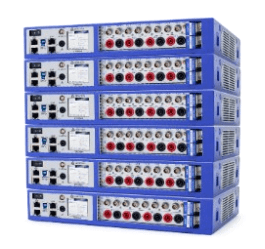
DEWE front-end acquisition device (applicable to distributed test)
(2) Various types of test boards are based on many conditioning and AD boards in the form of PXI/E bus, which can support almost all physical quantities and sensor outputs:

➢ Voltage (max 2000V Direct input)
➢ Current (max 20A Input directly, or use current sensor )
➢ strain / Bridge road (built-in one hundred and twenty Ω /350 Ω /1000 Ω Bridge arm resistance, supporting full bridge, half bridge 1/4 Bridge)
➢ ICP/IEPE
➢ RTD rtd
➢ Thermocouple
➢ speed / frequency / Pulse
➢ number IO/ video
➢ CAN Bus / Aviation bus / Serial bus
(3) Modular design, adjustable according to test

The biggest structural feature of PXI/E bus chassis is modular design, so users can flexibly adjust the chassis configuration according to different tests, and maximize the use of the DEWETRON Hardware, matching hardware combinations for different experiments, different scenarios, and different test tasks 。
(4) Universal board, one card multi-purpose DEWETRON acquisition board, not only has complete models, but also meets different test requirements.
In many models, the MULTI series conditioning AD board is characterized by high sampling/high bandwidth/multi-function, and one card can be used for multiple purposes to meet different test tasks. This kind of setting greatly saves the time for laboratory personnel to change equipment. When faced with sudden test tasks or equipment troubleshooting, one equipment can easily cope.
Test signal:
Voltage (max. 100V)
Current (max. 30mA)
IEPE strain (120/350/1000 Ω, full bridge/half bridge/quarter bridge)
RTD resistance
Speed
CAN


















